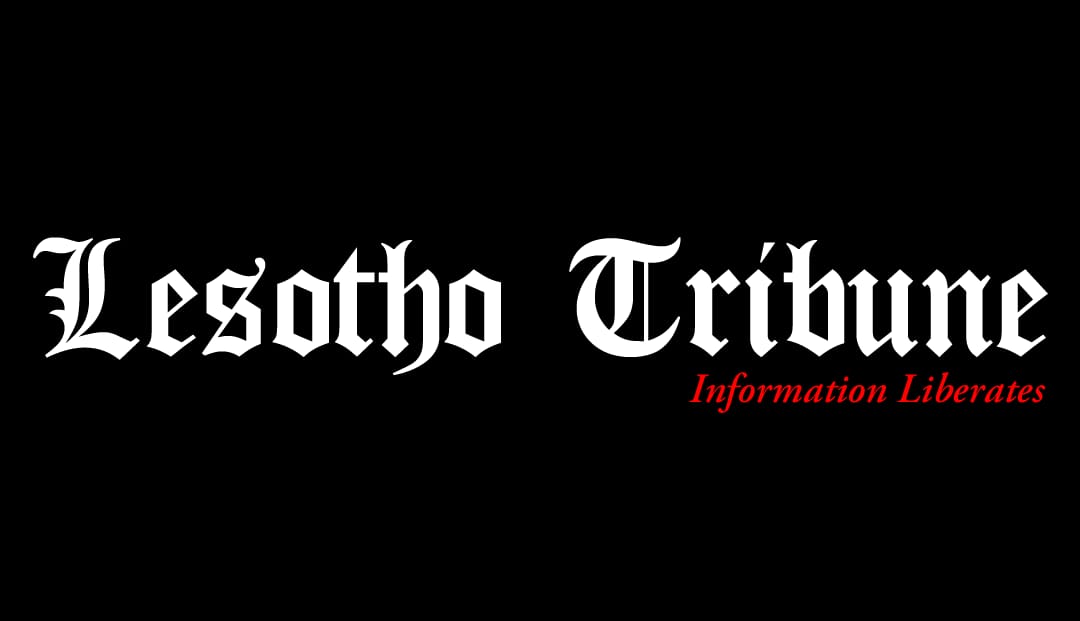On Tuesday, 24 September 2024, Lesotho’s Prime Minister, Sam Matekane, took to his X account (formerly Twitter) to inform the nation that he and the delegation he is leading at the UN General Assembly met with Starlink CEO Elon Musk. He announced, “Today, I had the pleasure of meeting with Elon Musk, to discuss advancing connectivity in Lesotho. We are committed to exploring innovative solutions to improving internet access and bridging the digital divide for our people. Exciting developments lie ahead.”
This statement marked a significant development in the country’s push to bridge the digital divide. Lesotho, like many other African countries, struggles with limited internet access and high costs, leaving a significant portion of the population offline. The introduction of Starlink, SpaceX’s satellite internet service, promises faster and more reliable internet access across the country, but will it be affordable for the average Basotho?
Lesotho Tribune sought comment from both the office of the prime minister and minister of communications but both were unable to divulge details of the prime minister’s meeting with Elon Musk.
For the benefit of the entire country Lesotho Tribune analysed what “arrival” of Starlink will mean for consumers in Lesotho.
Current Internet Pricing in Lesotho
At present, two major players dominate Lesotho’s internet service market: Econet Telecom Lesotho and Vodacom Lesotho. Both offer entry-level internet packages that provide unlimited data, but their services, pricing, and features vary:
Econet Telecom Lesotho offers an entry-level fibre or mobile package with 40Mbps download speed and 25Mbps upload speed for M649 per month. This package includes a fair usage policy (FUP) of 150GB, after which the speed may be throttled. The setup cost, including the modem, is M2500.
Vodacom Lesotho provides uncapped internet through fixed wireless technology at an average speed of 15Mbps. The monthly cost for this service is slightly lower at M599, and the setup cost is M2400. This package is ideal for small businesses or home offices but comes with slower speeds compared to Econet.
Starlink, based on Botswana pricing and adjusted for inflation, offers much faster speeds through satellite technology. However, it comes at a higher cost: M6354.50 for the hardware and a monthly subscription of M907.03. While this may offer a premium service, the high setup and monthly costs may limit its appeal to the average consumer.

Socioeconomic Barriers to Uptake
Despite the promising introduction of Starlink, the socioeconomic landscape in Lesotho may hinder its rapid adoption. According to the latest available data, by the end of 2022, approximately 47.0 percent of Lesotho’s population had access to the internet, leaving 53.0 percent – around 1.24 million people – offline. With a large portion of the population living in rural areas where poverty levels are high, affordability remains a critical challenge.

Number of people with access to internet, source World Bank 2022.
Lesotho’s economy, with a high unemployment rate and widespread poverty, means that even the existing services provided by Econet and Vodacom can be financially burdensome for many. Starlink’s higher pricing for both hardware and monthly subscriptions may make it inaccessible for the majority, at least in the short term.
However, Starlink’s presence could still serve as a catalyst for price competition. With the potential entry of a third player in the market, Vodacom and Econet will be forced to revise their pricing strategies in an attempt to retain customers. Price cuts, more competitive service bundles, or improved speeds could be part of their response to avoid losing market share.
Impact on Digital Inclusion
The digital divide in Lesotho is significant, with rural areas particularly underserved. Starlink’s satellite-based technology could be a game-changer, offering internet access in areas where terrestrial infrastructure like fibre and mobile networks are lacking. This has the potential to boost educational opportunities, improve access to health services, and promote economic development in these regions.
Yet, for Starlink to make a real impact, there needs to be a balance between its high-quality service and affordability. Policymakers may need to consider subsidies or partnerships to ensure that the most underserved populations can benefit from this technology.
Conclusion
Prime Minister Sam Matekane’s meeting with Elon Musk and the potential introduction of Starlink to Lesotho signals a significant step toward improving internet access in the country. While the high costs may limit initial adoption, the competitive pressure on existing providers like Econet Telecom Lesotho and Vodacom Lesotho could result in lower prices and better services for consumers. Ultimately, bridging Lesotho’s digital divide will require a combination of innovation, competition, and careful economic planning to ensure that all Basotho can benefit from the opportunities that come with being connected to the world.





